Toll Free: (866) 215-0651
Local: (657) 900-2066
Experienced Technicians in Heavy Machinery Installation
Successful heavy machinery installation is a complex ballet, with experienced technicians as the choreographers. This blog delves into the indispensable role of these professionals, emphasizing their technical expertise, problem-solving skills, and commitment to safety in ensuring a seamless and efficient installation process.
Technical Expertise:
Experienced technicians bring a wealth of technical knowledge to heavy machinery installations. From understanding intricate machinery specifications to interpreting complex blueprints, their expertise is the linchpin of precision. This technical insight enables them to navigate the intricacies of machinery components, ensuring that each piece is seamlessly integrated for optimal performance.
Problem-Solving Skills:
Heavy machinery installations often present unforeseen challenges. Experienced technicians possess honed problem-solving skills, allowing them to adapt to unexpected issues swiftly and effectively. Whether adjusting to site-specific conditions or troubleshooting unforeseen complications, their ability to think independently is paramount. This proactive problem-solving approach ensures that installations stay on track and are completed within the stipulated timeframe.
Commitment to Safety:
Safety is non-negotiable in heavy machinery installations, and experienced technicians are the guardians of this commitment. Their in-depth understanding of safety protocols and hands-on experience allow them to identify and mitigate potential risks. From securing load-bearing structures to implementing stringent safety measures, these professionals prioritize the well-being of all personnel involved, ensuring a secure working environment throughout the installation.
Efficiency and Precision:
The marriage of technical expertise, problem-solving skills, and a steadfast commitment to safety results in unmatched efficiency and precision. Experienced technicians meticulously plan each installation step, optimizing workflows and minimizing downtime. This approach not only ensures a smoother process but also enhances the overall performance and longevity of the heavy machinery, setting the stage for years of reliable operation.
Collaboration and Communication:
Effective communication is the bedrock of any successful heavy machinery installation. Experienced technicians excel in fostering collaboration among team members, ensuring seamless coordination between different stakeholders. Their ability to communicate complex technical information clearly and concisely facilitates a harmonious working environment, preventing misunderstandings and reducing the likelihood of errors.
Experienced technicians are the unsung heroes in heavy machinery installations who make the impossible seem routine. Their technical expertise, problem-solving skills, commitment to safety, and knack for efficient collaboration contribute to the success of these complex projects. As industries continue to rely on heavy machinery for critical operations, recognizing and valuing the indispensable role of experienced technicians is paramount for ensuring the continued success of heavy machinery installations.The body content of your post goes here. To edit this text, click on it and delete this default text and start typing your own or paste your own from a different source.
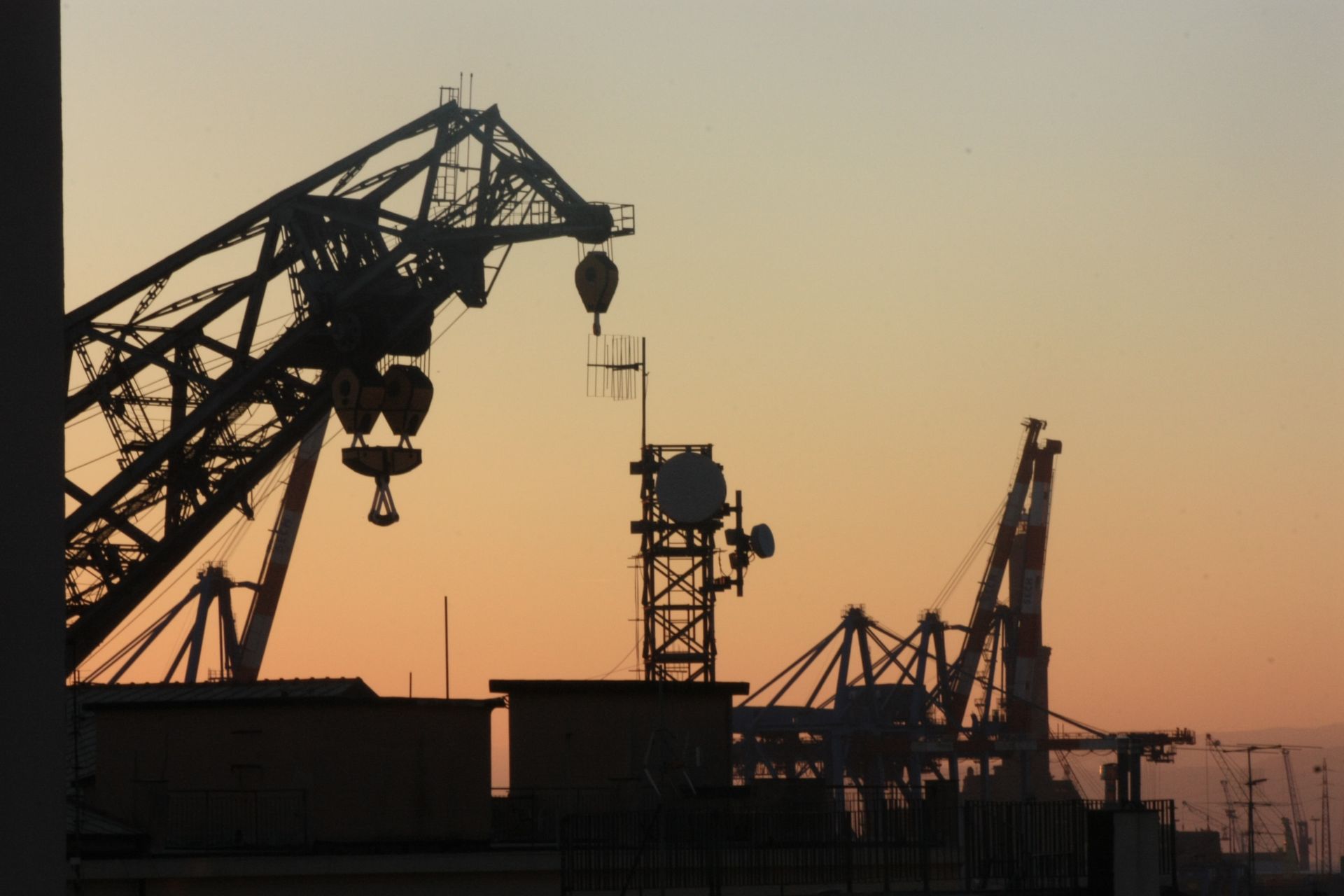


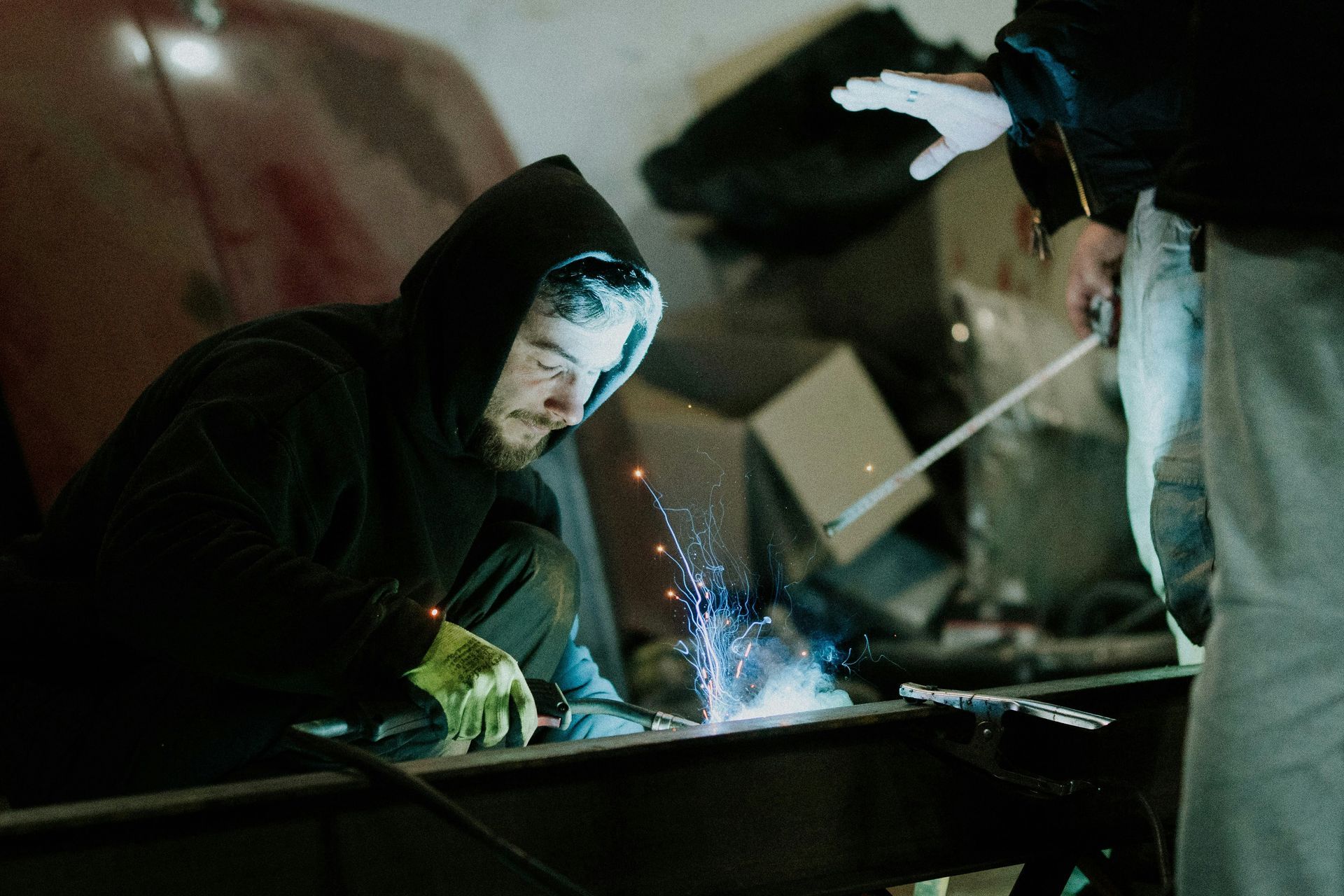
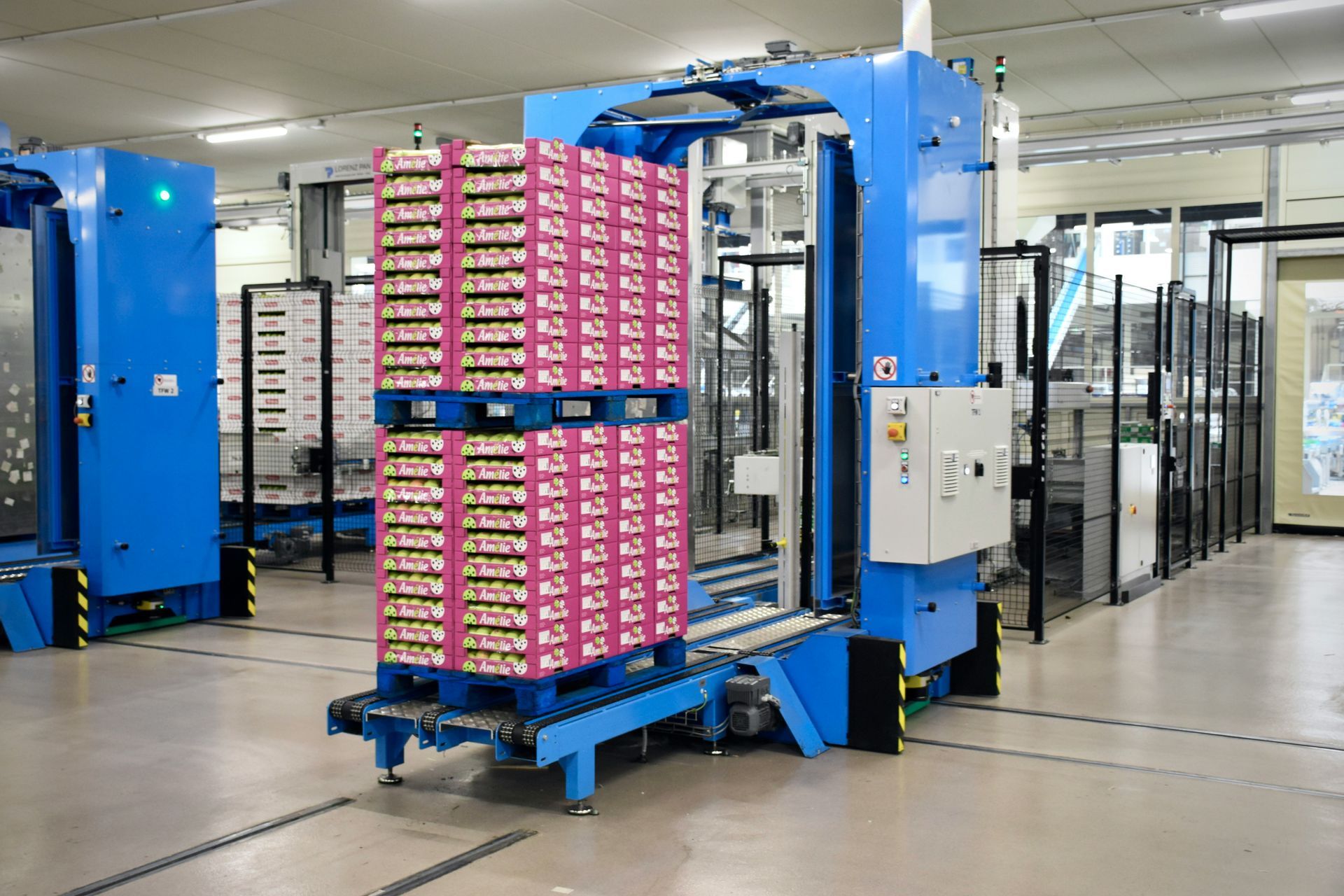
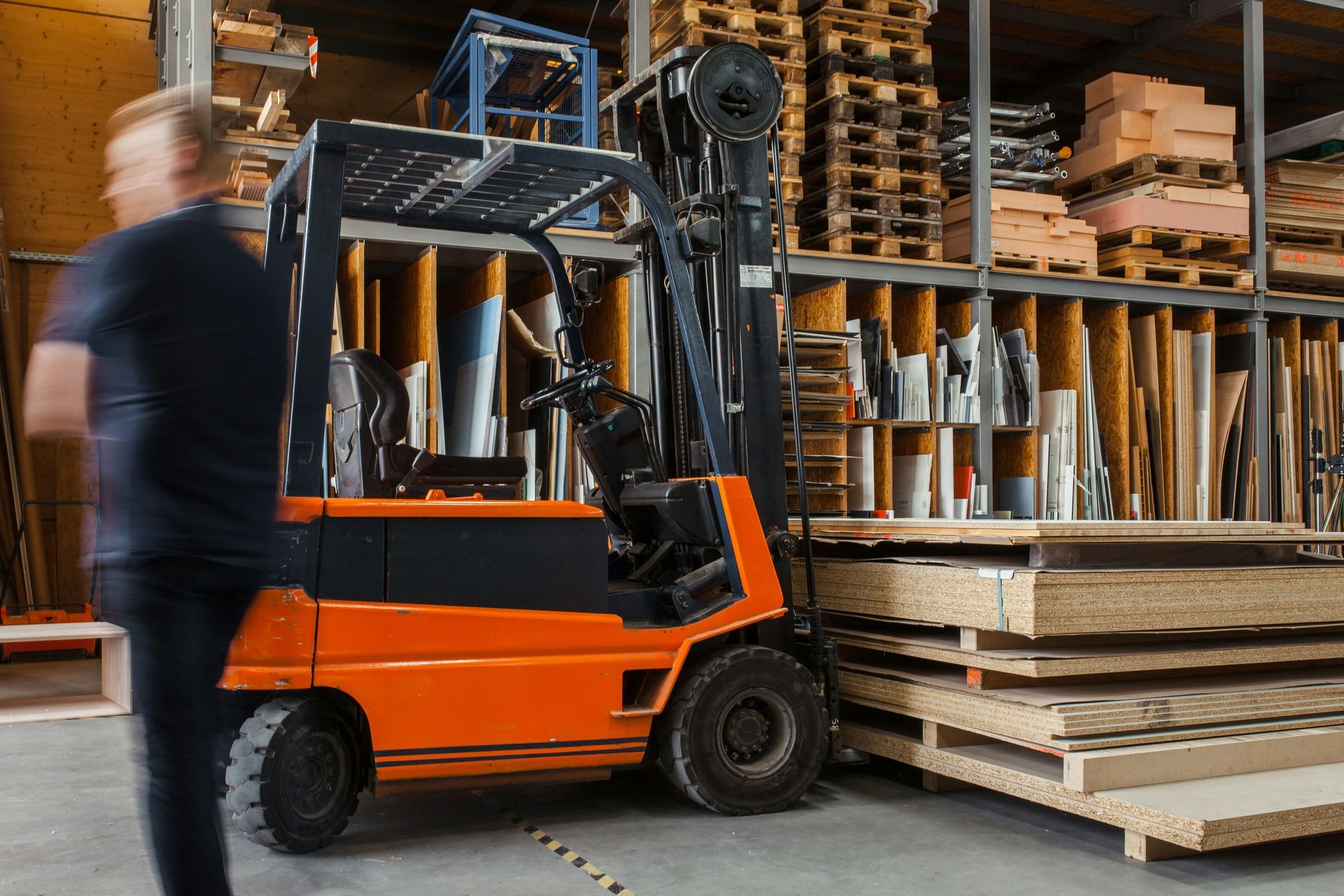

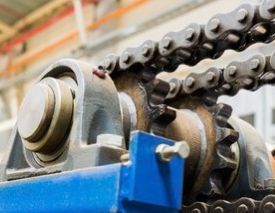

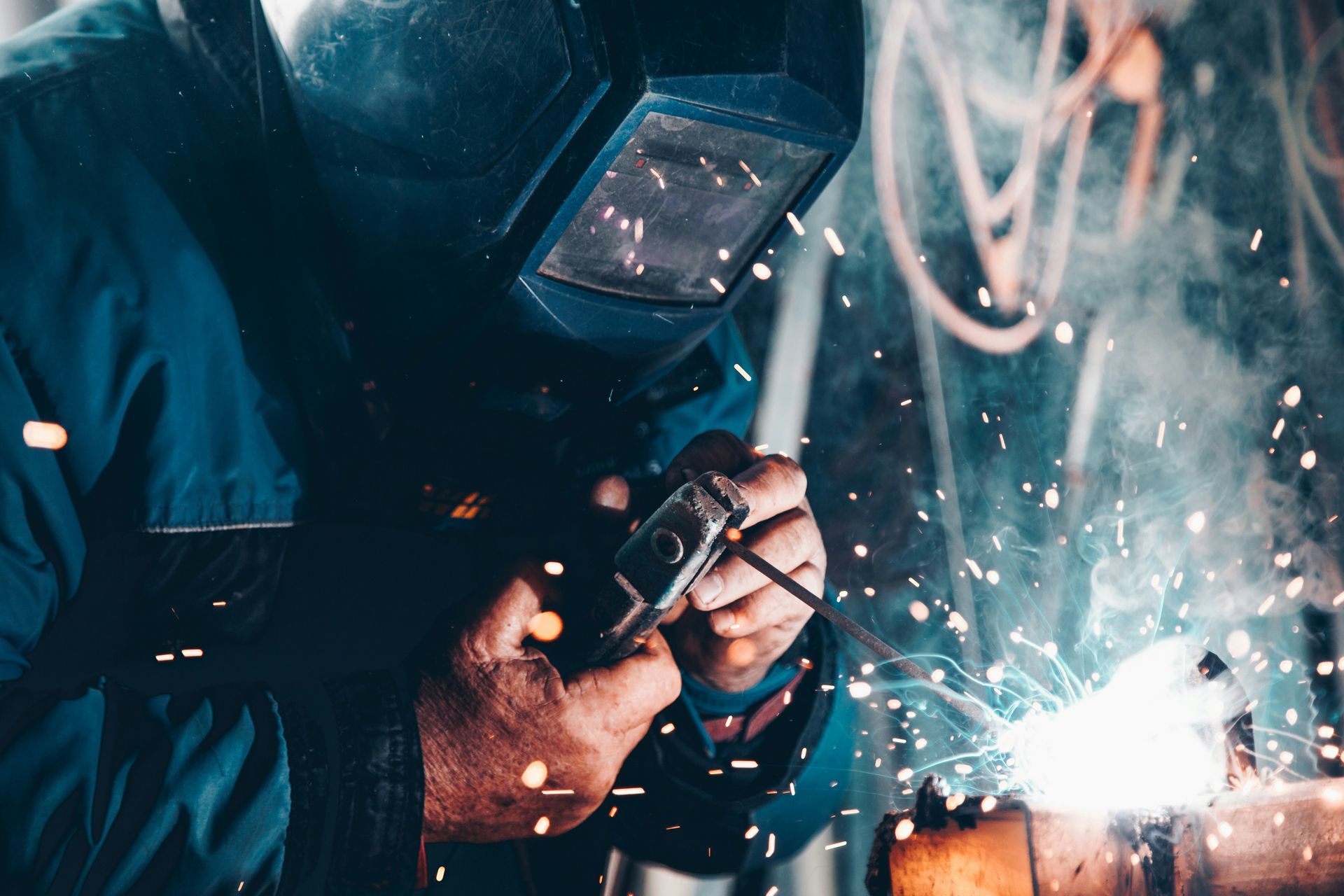
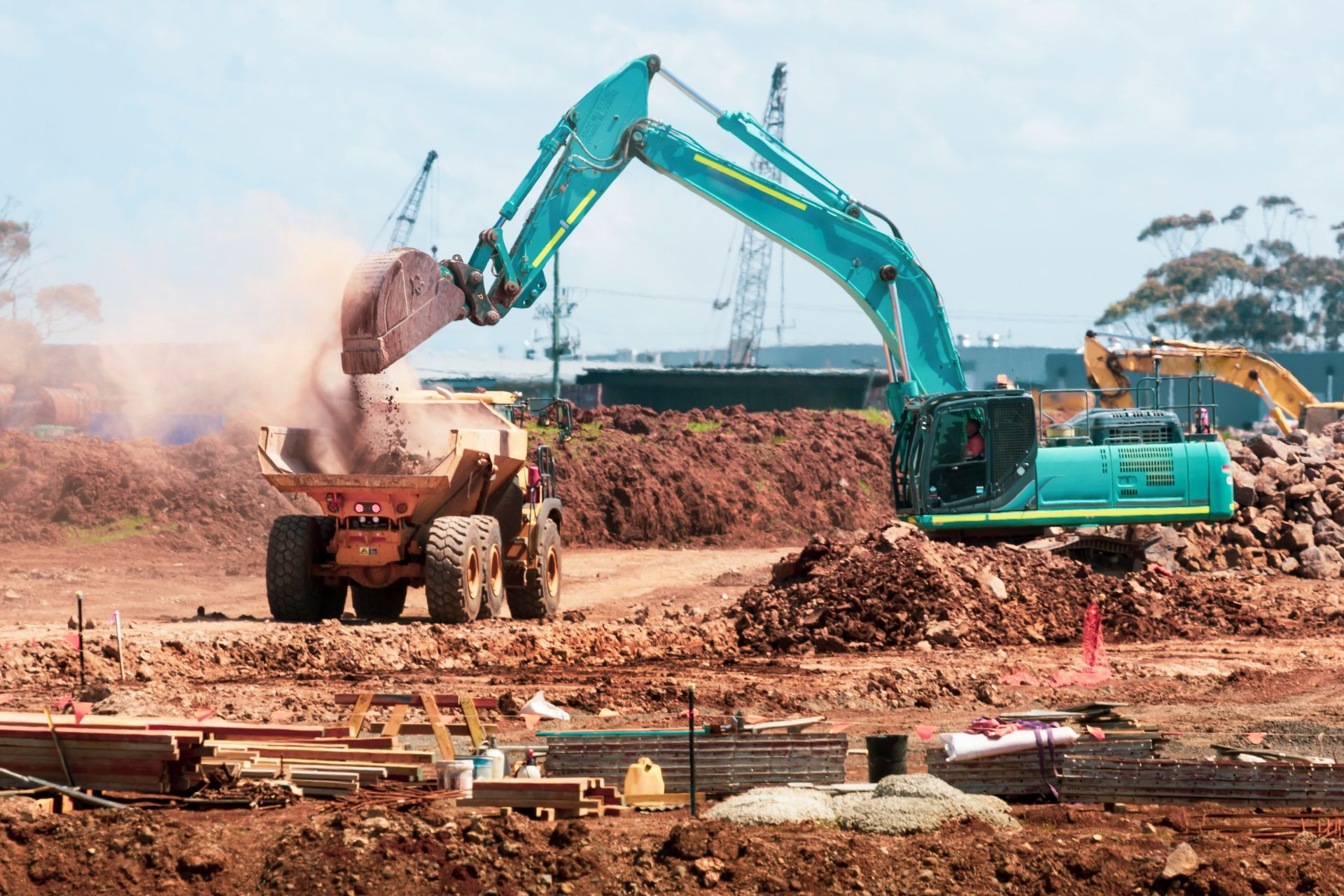
Share On: